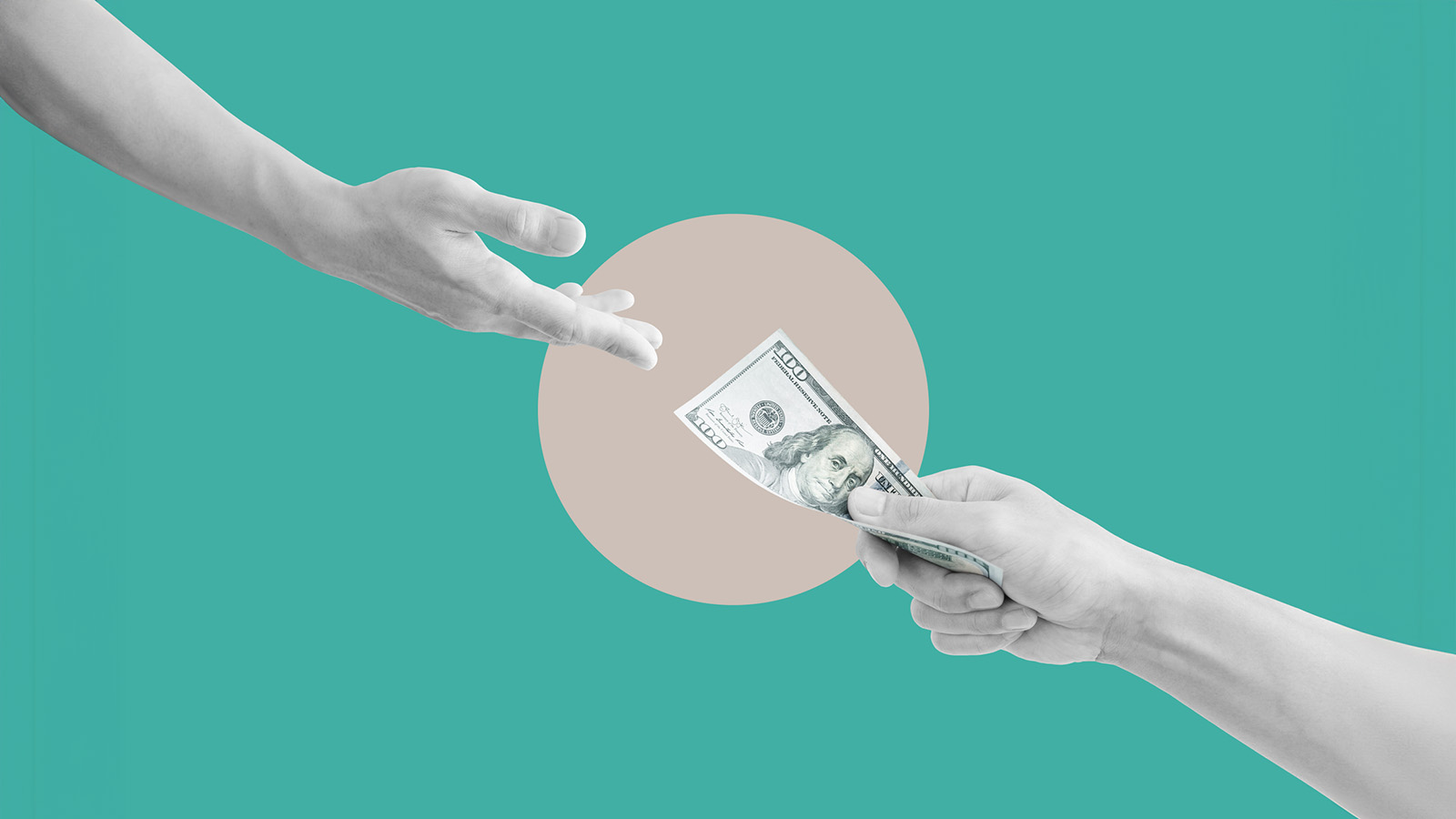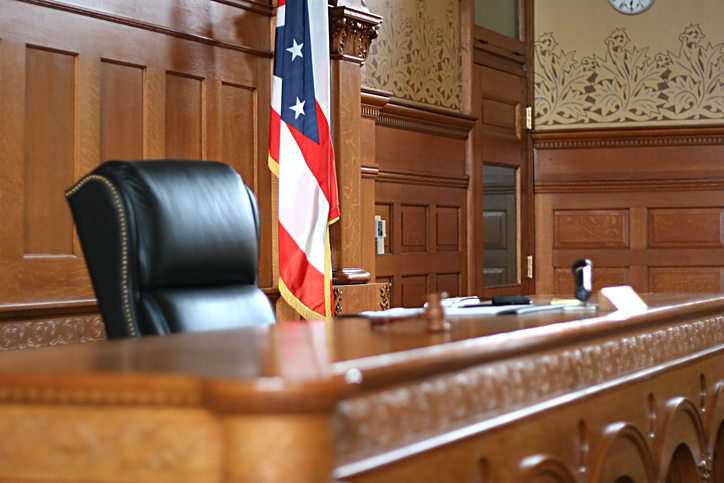Reporting PPP Loan Fraud
By hiring an FCA attorney, a PPP loan fraud whistleblower may file a qui tam lawsuit against the fraudster on behalf of the U.S. government. In successful qui tam suits, PPP loan fraud whistleblowers are elgible to receive an award between 15 and 30 percent of the funds recovered.
Written By
KKC Staff
Reviewed By
Updated
May 9, 2025

Passed in March 2020, the CARES Act established a $800 billion Paycheck Protection Program (PPP) which offered fully guaranteed Small Business Association (SBA) loans to small businesses adversely affected by the COVID-19 pandemic. Given the speed with which PPP loans were issued, the program was targeted by a unprecedented number of fraudsters.
Individuals with knowledge of PPP loan fraud may report the misconduct under the False Claims Act (FCA). By hiring an experienced FCA attorney, a PPP loan fraud whistleblower may file a qui tam lawsuit against the fraudster on behalf of the U.S. government. Under the FCA, PPP loan fraud whistleblowers who file a successful qui tam lawsuit are eligible for an award between 15 and 30 percent of the funds collected by the government in the case.
Key Takeaways
- The Paycheck Protection Program (PPP), established in response to the COVID-19 pandemic, offered guaranteed loans to small businesses affected by the pandemic
- Given the urgency with which the U.S. government issued loans, the PPP led to an unprecedented amount of fraud and the Department of Justice is committed to holding these fraudsters accountable
- PPP loan fraud is a violation of the False Claims Act
- Under the False Claims Act, individuals with knowledge of PPP loan fraud may file a qui tam whistleblower lawsuit against the fraudster on behalf of the U.S. government
- In successful qui tam suits, PPP loan fraud whistleblowers are entitled to 15-30% of the funds recovered by government
The Paycheck Protection Program
In March 2020 as the Covid-19 pandemic shut down the economy, Congress passed the Coronavirus Aid, Relief, and Economic Security (CARES) Act, a sprawling 2.2 trillion economic stimulus bill. As part of the CARES Act, Congress established the Paycheck Protection Program (PPP).
The PPP offered loans to small businesses in order to provide economic relief in response to the adverse impacts of the COVID-19 pandemic. The program offered quick access to Small Business Association (SBA) guaranteed loans to companies with 500 or fewer employees in order to finance the payroll and other certain costs, including rent and utilities payments.
Eligible businesses could qualify for one SBA guaranteed loan under the PPP. Third-party lenders were authorized by the SBA to underwrite and approve the PPP loans. To obtain loans, an authorized representative of a small business would sign and submit a PPP loan application through the lender’s platform. The representative was required to acknowledge the PPP program rules and make certain affirmative certifications in order to qualify for a PPP loan.
In total, the U.S. government paid out approximately $800 billion in PPP loans by the time the program closed in May 2021. Approximately 92% of all the loans have been granted full or partial forgiveness so far.
PPP Loan Fraud
Given the urgent need for the PPP loans due to the COVID-19 pandemic, the U.S. government quickly approved loan applications. This led to an unprecedented amount of fraud.
PPP loan fraud can take many specific forms. In general, many PPP loan frauds stem from loan applicants making misrepresentations or false and misleading statements in a PPP loan application. This can include false statements about a company’s payroll, costs, size, number of employees, and other financial statistics.
Other types of PPP loan fraud include applying for multiple loans and misusing PPP loan funds for improper or unapproved purposes.
In response to the large amount of PPP loan fraud, the U.S. Department of Justice (DOJ) established a COVID-19 Fraud Enforcement Task Force. The DOJ has already launched numerous enforcement actions against individuals and companies charged with PPP loan fraud.
“The Justice Department remains committed to using every available federal tool — including criminal, civil, and administrative actions — to combat and prevent COVID-19 related fraud,” said Attorney General Merrick B. Garland. “We will continue to hold accountable those who seek to exploit the pandemic for personal gain, to protect vulnerable populations, and to safeguard the integrity of taxpayer-funded programs.”
The False Claims Act
PPP loan fraud is a violation of the False Claims Act (FCA). Originally passed during the Civil War and modernized in 1986, the FCA covers attempts to defraud the U.S. government by submitting false claims.
A key component of the FCA is its whistleblower provisions. Under the FCA, individuals with knowledge of fraud may file qui tam lawsuits against the fraudster on behalf of the U.S. government. The DOJ then has the option to intervene and take over the case or to let the whistleblower proceed with the lawsuit on the government’s behalf. Regardless of whether the government intervenes, if a qui tam suit is successful the whistleblower is entitled to an award of 15-30% of the funds collected by the government in the case.
Since 1986, the FCA has allowed the U.S. government to recover over $70 billion from fraudsters.
Filing a Qui Tam Whistleblower Suit
In order to report PPP loan fraud under the False Claims Act (FCA) an individual must file a qui tam whistleblower lawsuit. The first step in filing a qui tam suit is to hire an experienced False Claims Act attorney.
Once a PPP loan fraud whistleblower hires an attorney, their attorney can draft a complaint detailing how the fraudster committed PPP loan fraud and provide documentation to back up the allegations. The complaint is then filed in federal court under seal.
After a whistleblower files a qui tam complaint, the U.S. government has the option to intervene and take over the case. If the government passes then the whistleblower may proceed with the lawsuit on behalf of the government.
For more information on filing a qui tam suit read: Filing a Qui Tam Lawsuit
Case Study
On September 22, 2022, the U.S. Department of Justice (DOJ) announced the first-ever Paycheck Protection Program (PPP) False Claims Act (FCA) whistleblower case in which the United States intervened against the borrower. In the case, Pan African Interchange LLC and Stanley Damas paid over $220,000 to resolve charges that Pan African Interchange LLC received more than one PPP loan.
The case stemmed from a qui tam lawsuit filed by an anonymous whistleblower who reported the PPP loan fraud. In the case the whistleblower alleged that “after applying for a PPP loan on May 20, 2020, Pan African Interchange LLC, through Stanley Damas, applied for a second PPP loan on May 21, 2020, and having received a PPP loan on May 22, 2020 from its first application, falsely certified that Pan African Interchange had not and would not receive more than one loan prior to December 31, 2020, when on June 12, 2020, Pan African Interchange, LLC signed a promissory note for a second PPP loan that it received on June 24, 2020.”
Our Firm’s Cases

Contract Fraud Exposed
Dr. Tommie Savage, a seasoned contracting officer at the Army Corps of Engineers, uncovered a web of systemic corruption within the agency's Huntsville, Alabama contracting office. Her unwavering commitment to ethical government practices led to a relentless campaign of retaliation that would test her resilience and courage.

Qui Tam Victory
Whistleblower Bryan Swanton's qui tam lawsuit led to a $625,000 settlement against Instec Inc. for falsely claiming its Chinese-made scientific instruments were manufactured in the U.S. to secure government contracts.

Lives Saved
Dr. Aaron Westrick filed a False Claims Act lawsuit against Toyoba, the manufacter of Zylon fiber, a material that degraded over time, which put thousands of lives in American police departments, federal law enforcement agencies, and the U.S. military at risk.
Relevant FAQs
Latest News & Insights
FAQs
Our pro bono team has helped lead the fight to pass amendments which would strengthen the False Claims Act (FCA).





